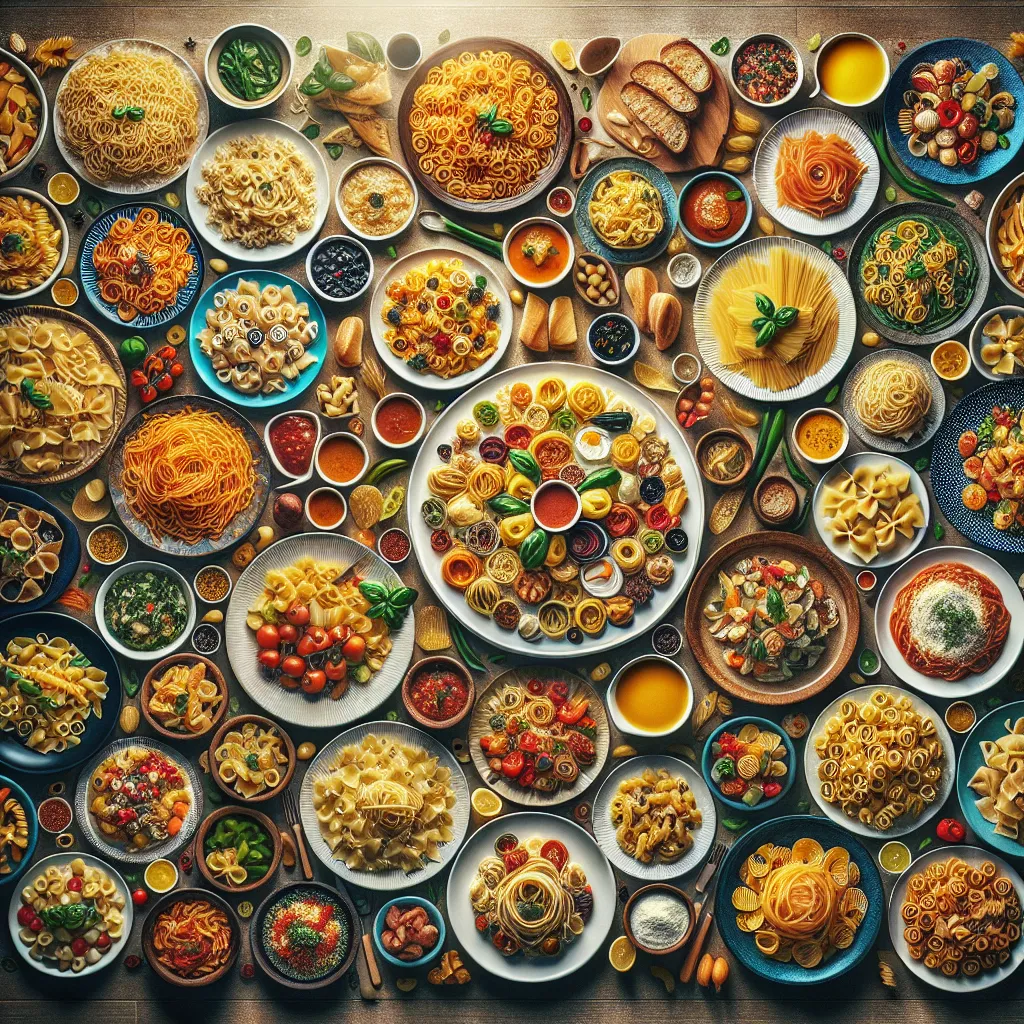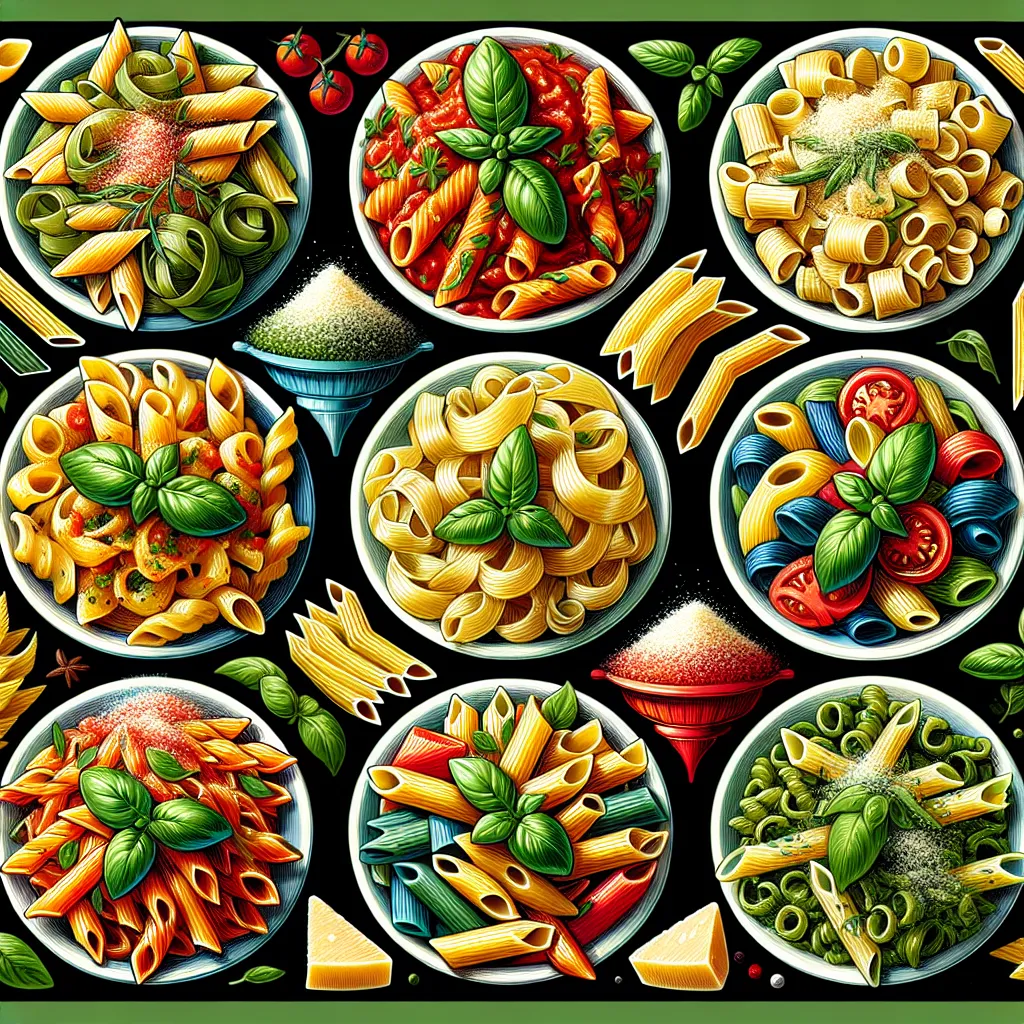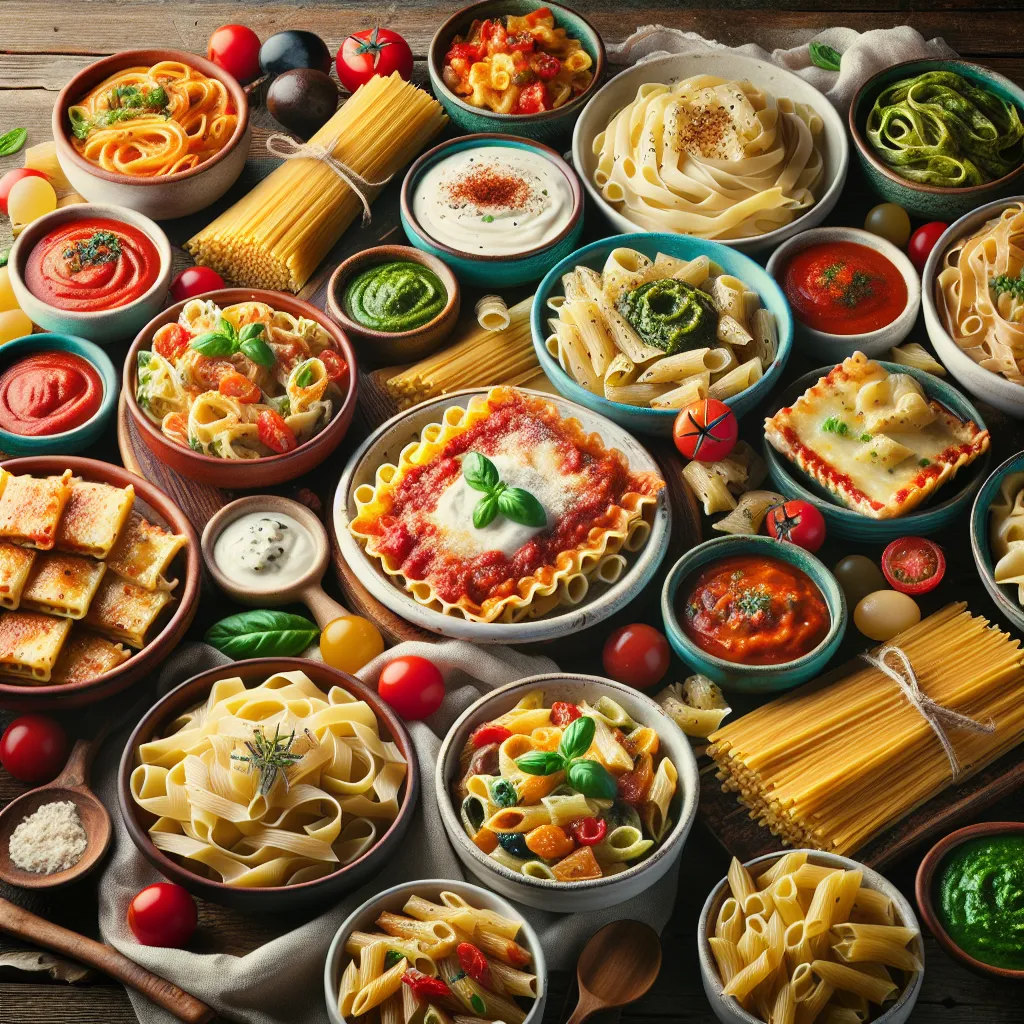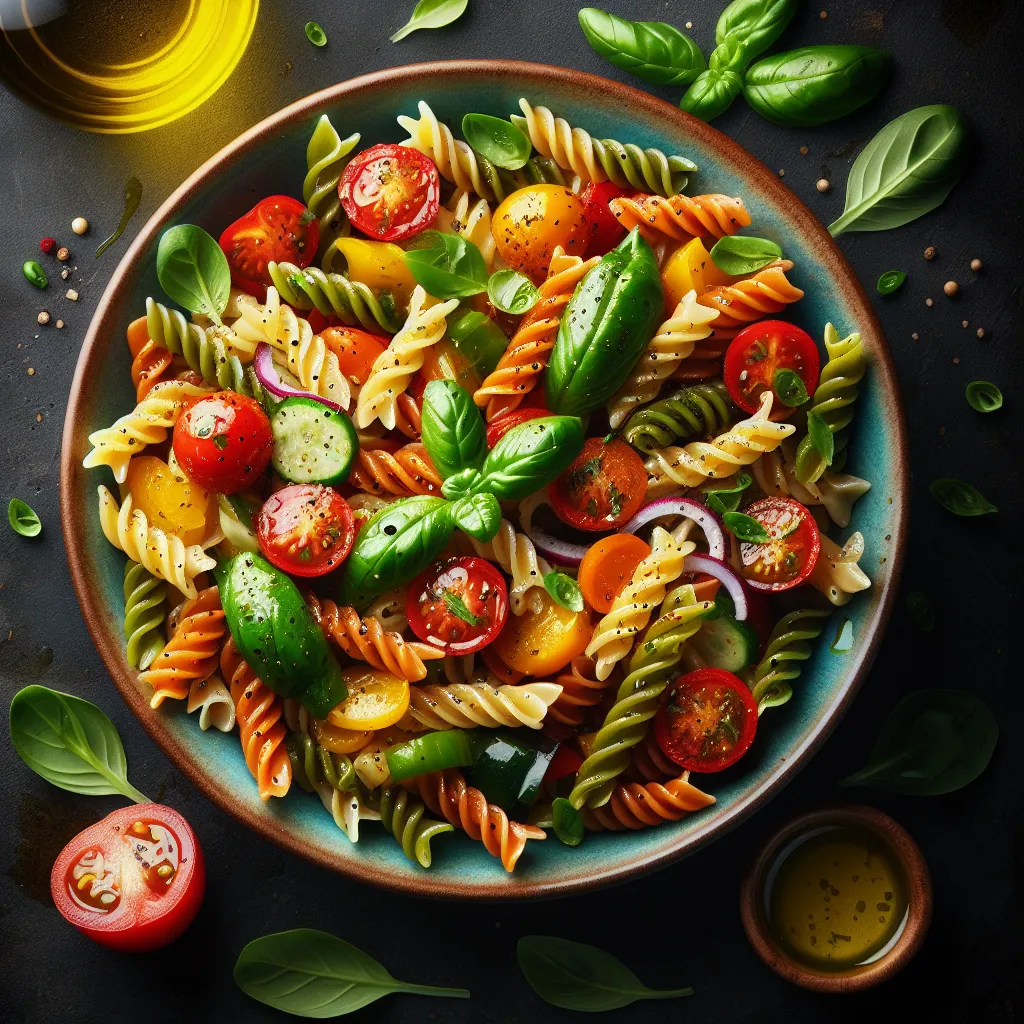The Origins of Pasta: A Culinary History
When it comes to Italian cuisine, pasta dishes hold a special place in the hearts of food enthusiasts around the world. The origins of pasta can be traced back to ancient times, with evidence suggesting that pasta-like products were consumed as far back as 5000 BC in the Middle East. However, it was the Italians who truly embraced pasta, turning it into the iconic dish that we know and love today.
The culinary history of pasta in Italy is a rich and fascinating tale. The exact origins of pasta in Italy are somewhat murky, but there is evidence to suggest that it has been a part of Italian cuisine for over a thousand years. The word “maccheroni” was first documented in the southern Italian regions during the 13th century, and from there, pasta spread throughout the country, with various regions developing their own unique shapes and forms of pasta.
One of the most famous types of pasta, spaghetti, is believed to have originated in Sicily, where long, thin noodles became a staple of the local diet. As trade and commerce flourished throughout Italy and beyond, pasta quickly gained popularity and started to take on different forms in various regions. From the tube-shaped rigatoni of Rome to the ear-shaped orecchiette of Puglia, each pasta shape tells a story of its own.
Today, the culinary history of pasta continues to evolve, with innovative chefs and food enthusiasts constantly pushing the boundaries of traditional pasta dishes. The global popularity of Italian cuisine has ensured that pasta is enjoyed in every corner of the world, with each culture adding its own unique twist to classic pasta recipes.
Exploring the origins of pasta offers a deeper appreciation for the rich culinary heritage behind this beloved dish. From its humble beginnings to its status as a global culinary phenomenon, pasta has truly stood the test of time, capturing the hearts and taste buds of food lovers everywhere.
Classic Italian Pasta Recipes You Need to Try
When it comes to classic Italian pasta recipes, the options are as diverse as the country’s landscape. From the northern regions to the sun-drenched south, each area boasts its own iconic pasta dishes that have become beloved staples of Italian cuisine. One such classic is the famed Spaghetti Carbonara, a delectable combination of al dente spaghetti, crispy pancetta, creamy eggs, and sharp Pecorino Romano cheese. This dish exemplifies the simplicity and elegance that Italian cooking is renowned for.
Another must-try is the timeless Lasagna, with its layers of rich meat ragù, creamy béchamel sauce, and perfectly cooked lasagna noodles. This quintessential comfort food has been satisfying cravings for generations and has become a cherished part of Italian culinary traditions.
No exploration of classic Italian pasta recipes would be complete without mentioning the iconic Fettuccine Alfredo. This indulgent dish hailing from Rome features fresh fettuccine coated in a luxurious sauce made of butter, heavy cream, and Parmigiano-Reggiano cheese. Its velvety texture and decadent flavor have made it a favorite in both Italian homes and restaurants around the world.
These are just a few examples of the countless classic Italian pasta recipes that have captivated food enthusiasts globally. Whether you’re a fan of the creamy and rich, the light and zesty, or the hearty and savory, Italian cuisine offers a pasta dish to suit every palate.
Exploring Regional Variations in Pasta Dishes
When it comes to exploring pasta dishes, one cannot overlook the diverse and delectable regional variations that are prominent in Italian cuisine. From the northern regions to the south, Italy boasts a rich tapestry of pasta dishes, each with its own unique flavors and ingredients.
In the northern regions of Italy, creamy and rich pasta dishes like risotto-style risotto-style.”>risotto-style risotto-style. pasta are a staple. The use of butter, cream, and cheese in dishes such as tortellini and tagliatelle reflects the influence of neighboring countries like Austria and France.
Moving on to central Italy, the region is famous for its iconic pasta shapes such as penne, spaghetti, and rigatoni. These are often paired with hearty meat-based ragù sauces or the quintessential carbonara, showcasing the simplicity and elegance of Italian cooking.
As we venture further south, we encounter the vibrant and fiery flavors of Southern Italian cuisine. Here, pasta dishes feature an abundance of fresh seafood, tomatoes, and aromatic herbs. Dishes like pasta alle vongole (with clams), orecchiette with broccoli rabe, and the spicy tomato-based arrabbiata sauce exemplify the bold and zesty nature of the South’s culinary identity.
Exploring the regional variations in pasta dishes offers a captivating insight into the diverse cultural and culinary landscape of Italy. Each dish tells a story of tradition, geography, and the unique palates that define the country’s gastronomic heritage.
The Art of Pairing Wine with Pasta
Exploring pasta dishes is always a delightful journey through the rich and diverse world of Italian cuisine. Beyond the tantalizing aromas and savory flavors, an important aspect of enjoying pasta dishes to their fullest is the art of pairing them with the perfect wine. The right wine can elevate the flavors of the pasta, creating a harmonious and memorable dining experience. When it comes to pairing wine with pasta, several key factors come into play.
First and foremost, the sauce and ingredients used in the pasta dish play a crucial role in determining the ideal wine pairing. For example, a light and zesty tomato-based pasta, such as spaghetti pomodoro, pairs beautifully with a medium-bodied red wine like Chianti. The acidity of the tomatoes complements the acidity in the wine, creating a balanced combination that enhances the overall flavor profile. On the other hand, creamy pasta dishes like fettuccine Alfredo are best accompanied by a rich and buttery Chardonnay, which complements the creamy texture and adds a delightful contrast.
Another important consideration is the texture and weight of the pasta. Lighter pasta dishes, such as angel hair pasta with seafood, often pair well with crisp and refreshing white wines like Pinot Grigio. The delicate flavors of the seafood are not overpowered, and the wine’s acidity provides a complementary freshness. In contrast, hearty and robust pasta dishes like lasagna or spaghetti Bolognese call for full-bodied red wines such as Cabernet Sauvignon or Barolo, as their rich flavors stand up to the boldness of the pasta.
Furthermore, regional pairings can offer an authentic and immersive experience. For instance, a plate of pasta alla carbonara, a classic Roman dish featuring pancetta and pecorino cheese, is traditionally paired with a crisp white wine from the Lazio region, such as Frascati. This regional synergy can transport diners to the heart of Italy, enhancing the cultural and culinary experience.
Ultimately, the art of pairing wine with pasta is about finding balance and enhancing the dining experience. By considering the sauce, ingredients, texture, weight, and regional nuances, one can unlock a world of delectable combinations that amplify the flavors and create memorable moments at the dining table.




